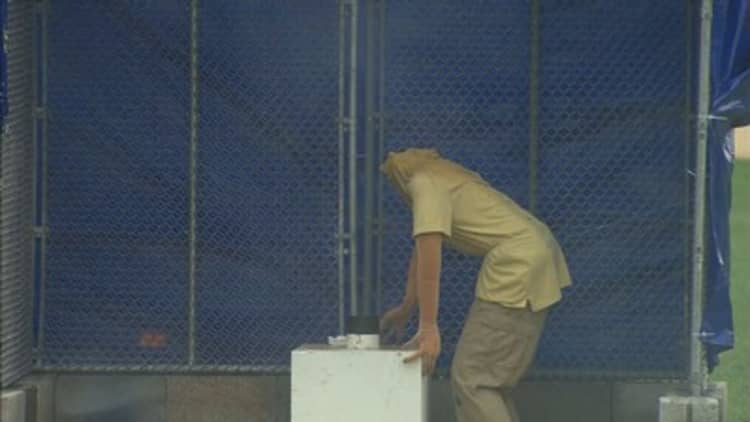What are you doing to celebrate the birth of our nation?
If you're like many Americans, you'll enjoy time outside with family, a barbecue and some fireworks. And depending on where you live, you may well be breaking the law with your particular choice in pyrotechnics.
Fireworks laws in the U.S. are a patchwork of regulations that vary by state and even by county and local township. Many states with relatively liberal fireworks regulations only allow their sale around Independence Day and New Year's, the most popular holidays for fireworks.
Three states—Delaware, Massachusetts and New Jersey—have outright bans on consumer fireworks. They'll still have public displays by professional pyrotechnicians, but nothing for your backyard enjoyment. Four others—Illinois, Iowa, Ohio and Vermont—allow sparklers, but no other devices. The other states have varying laws that often change based on the time of year.
Still, fireworks are a big business that's grown nearly 70 percent since the late 1990s, even after adjusting for inflation. Total revenue in the industry reached $1.02 billion in 2014, according to figures from the American Pyrotechnics Association, an industry group.

Legality seems to have little to do with Americans hurting themselves with fireworks. There were 11 non-occupational deaths caused by fireworks in 2014, according to data from the U.S. Consumer Product Safety Commission. Two of those deaths occurred in Ohio, one of the seven states that have restricted access to consumer fireworks.
Of course, you're far more likely to blow your hand off with an explosive than actually kill yourself. There were around 10,500 emergency-room visits in 2014 due to fireworks-related injuries and there's been no statistically significant shift since 1999, the data show.
About 67 percent of fireworks-related ER visits occur between June 20 and July 20 each year.
Surprisingly, nearly 20 percent of fireworks-related ER visits in that time are injuries from sparklers, which—partly because of legality in almost all states—are some of the most common fireworks. But they're also just a wire with flammable material on the end. Rockets on the other hand, which literally fire explosives over a distance, account for only 4 percent of injuries.
Injuries from firecrackers seem to be evenly split between small and illegal fireworks, the data show. About a quarter of the 1,400 injuries in 2014 were from each small and illegal fireworks. The other half are "unspecified" because the person injured didn't know where the explosives came from.
Of course, there were an estimated 16,342 injuries in 2013 from inflatable moonbounces in 2013. Don't know what moonbounces are? They're also known as bouncy castles and bouncy houses. And more than 2.6 million kids end up in the emergency room every year from sports and recreation-related injuries, according to the CDC.


